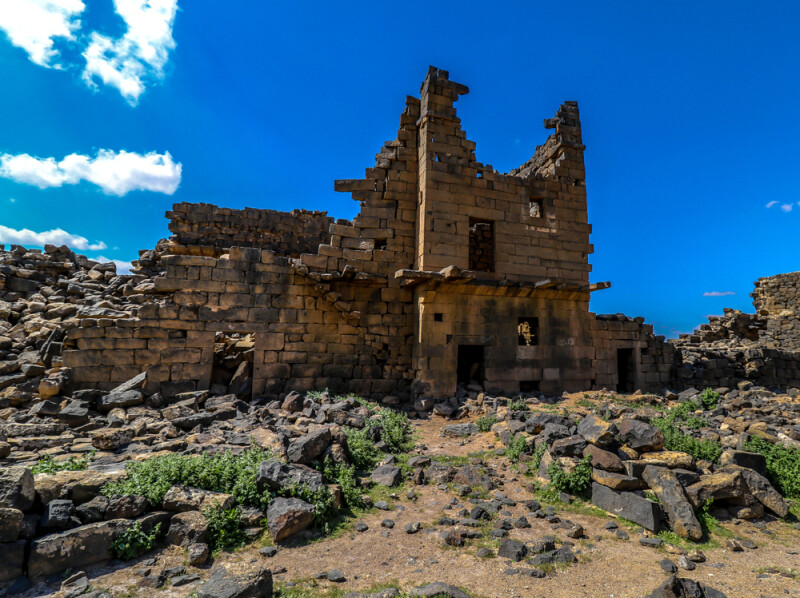It’s always exciting when a new technology is released, and in talking to those who have released new technologies one of the things you learn is that even they don’t ultimately know where the technology will excel. There is often an idea, and certainly it’s often the case that the most common use case of a given tool lines up with the creator’s ideas. Sometimes, though, users have other ideas. Today in our look at stories from around the 3D technology space, we look at a variety of use cases for reality capture and digital twins. First, we have a scanning project to create a 3D replication of a historic area in Jordan. Then, we look more broadly at the ways laser scanning service providers can stand out in the AEC space. Finally, we have a look at all of the ways digital twins can help scientists with complex tasks.
Find the full stories below.
Fulbright Award Unearthing Deeper Beauty at the Ruins of Umm Al-Jimal
Matt Kucinski | Calvin University
Although it wasn’t it’s original use case, one of the most common use cases for lidar today – and for a long time at this point – is for discovering and preserving historic areas. We cover a lot of those stories in this space, including the discoveries that have been made via lidar of Mayan civilizations under layers of jungle. This article doesn’t include discoveries, but focuses on how reality capture has been used to create detailed 3D maps of the ruins of Umm Al-Jimal in Jordan in order to potentially unlock undiscovered features of the area and maintain the ruins.
Lidar in AEC: Overcoming Obstacles and Unlocking Opportunities
Bert Azizoglu | GIM International
Today, the AEC industry is among the top sectors for laser scanning, with a number of firms whose sole mission is providing laser scanning services to AEC projects and organizations. It’s a sector that only continues to grow, which means that these firms need to figure out how they can stand out from the crowd. This article is for those firms, outlining the ways for these providers to “keep up with the latest technological trends while avoiding the downward price spiral.”
Digital Twins Are Helping Scientists Run the World’s Most Complex Experiments
Sarah Scoles | Technology Review
Most of the time we talk about digital twins on Geo Week News, we’re talking about the technology in relation to things like a facility or a town, allowing for simulations and monitoring of key infrastructure. The tools are also being used by scientists, and as this article outlines they are leveraging the technology for extremely complex workflows. Scoles discusses how digital twins have become so important for scientists, including in monitoring satellites in areas that can’t be observed via telescope.







